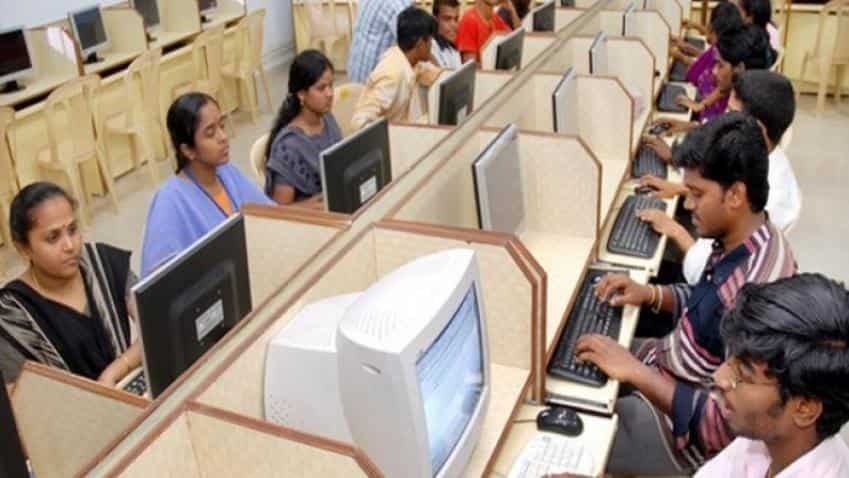Unemployment rate in Gujarat drops to 1.8% from 3.4% in 2018–19: PLFS Report
October 31, 2023
Gandhinagar: The unemployment rate for the overall workforce (aged 15 to 59) in Gujarat decreased to 1.8% from 3.4% in 2018–19. Notably, the state’s unemployment rate was lower than the national average of 3.4%. This information was announced in the most recent release of the Periodic Labour Force Survey (PLFS) for the period spanning July 2022 to June 2023.
The survey also revealed a state-wide labour force participation rate (LFPR) of 48.1%, indicating that nearly half of the state’s population is engaged in paid economic activities. In the 2018-19 survey, this rate stood at 39.6%, representing a significant increase of 8.5 percentage points. This increase was notably higher than the national growth of 4.9 percentage points, with the national LFPR rising from 37.5% in 2018–19 to 42.4% in 2022–23.
In the 15- to 29-year-old age group, the LFPR was even higher at 52.9%, surpassing the national average of 44.5%.
The survey highlighted a shift in the composition of the state’s workforce. In 2018–19, self-employed individuals in rural Gujarat accounted for 61% of the workforce, but this figure fell to 52% in 2022–23. The main source of employment in rural areas, agriculture, saw an 8.6 percentage point reduction from 47.8% to 39.2% over five years.
Urban areas, often associated with entrepreneurship, also experienced a decline in self-employed individuals, dropping from 36.8% in 2018–19 to 32.2% in 2022–23. Conversely, there was an increase in those with regular wages or salaries in both urban and rural areas, by 1.2% and 9.8%, respectively.
Local experts agreed with these findings, with Mahesh Gajera, a programme manager at Aajeevika Bureau, an NGO specialising in labour issues, attributing the shift to an increase in minimum wages. Semi-skilled workers now earn around Rs 500 per day, surpassing farm wages. The COVID-19 pandemic also played a role, as women and younger individuals entered the workforce to support their households, leading to a noticeable transition of the workforce towards manufacturing and industrial sectors in semi-urban areas. DeshGujarat
Recent Stories
- Demolition drive in Jamnagar razes Saicha gang's illegal encroachments
- ACB Gujarat book police constable, accomplice in bribery case in Ahmedabad
- IAF pilot dies in Jaguar aircraft crash in Jamnagar; Court of Inquiry ordered
- Gujarat to prepare heat action plans for 10 vulnerable cities, towns
- 1,156 km out of 1,386 km of Delhi-Mumbai Expressway complete: Centre in Rajya Sabha
- Officials delaying citizen applications to face action: Gujarat Minister
- Ahmedabad to host India vs West Indies, India vs South Africa Test and T20 maches in later 2025
